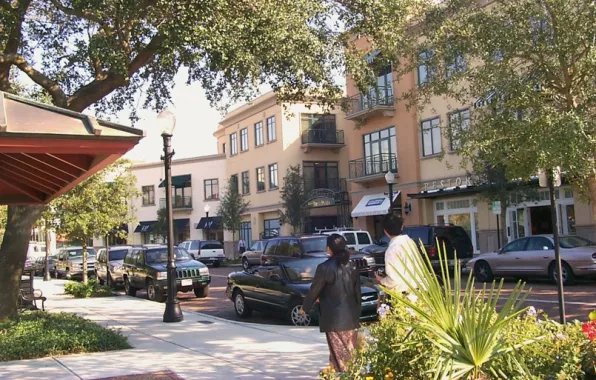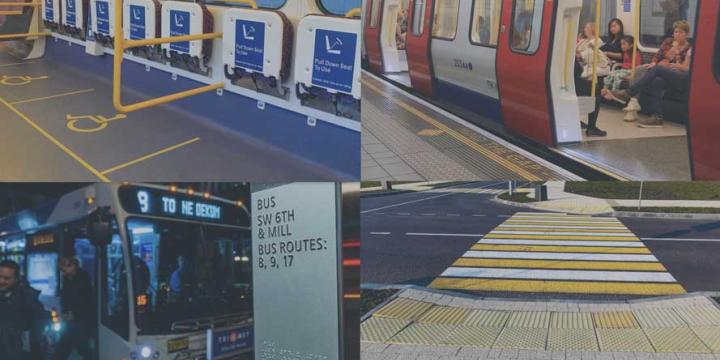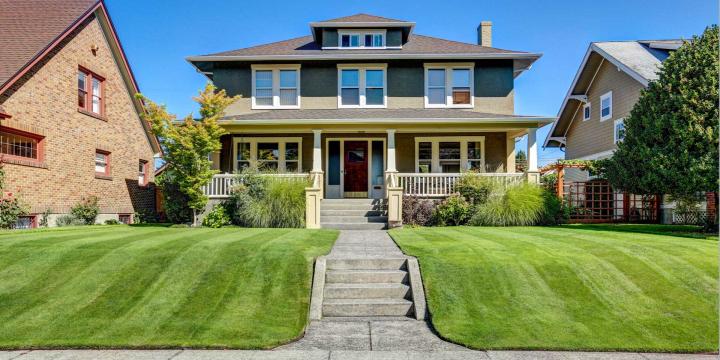Course Info
7 video lessons (74 Mins)
Published
2015Trending
-
4.40
Preview Course
Browse Course Chapters
-
1.Welcome
4 mins
-
2.Why Form-Based Codes?
12 mins
-
3.What Are Form-Based Codes?
11 mins
-
4.Components
11 mins
-
5.Diverse Applications
7 mins
-
6.Common Misconceptions
17 mins
-
7.Common Mistakes
9 mins
Course Description
This course defines form-based codes, explains why they were invented, and distinguishes form-based codes from conventional "use-based" zoning ordinances—all with an emphasis on place-making and walkability (i.e., physical form and character). We will provide an overview of the development of form-based codes, their mandatory and optional component parts, and the importance of making form-based codes context or place-specific. The course also describes a range of contexts for the use of form-based codes and concludes with some common misconceptions about form-based codes and some common mistakes in their preparation or use.
At the end of this course, you will understand how form-based codes shape community growth and character and whether form-based codes are an appropriate tool for regulating development in your community.
Completion of all of the courses in this FBC 101 sequence is a prerequisite to taking FBCI's two-day onsite advanced courses, FBC 201 (Urban Design and Placemaking with Form-Based Codes) and FBC 301 (Formulating, Adopting, and Administering Form-Based Codes), which lead to a certificate of completion from FBCI. More information on these courses is available on FBCI's website, www.formbasedcodes.org.
Learn these skills
- Development
- Land Use
- Regulations
- Urban Design
- Walkability
- Zoning Codes
AICP CM
This course is approved for 1.25 AICP CM credits.
AIA CES
This is 1.25 LU.LA CES
This course is eligible for 1.25 PDH, LA CES/non-HSW.
CNU-A
This course is approved for 1.25 CNU-A credit.





























